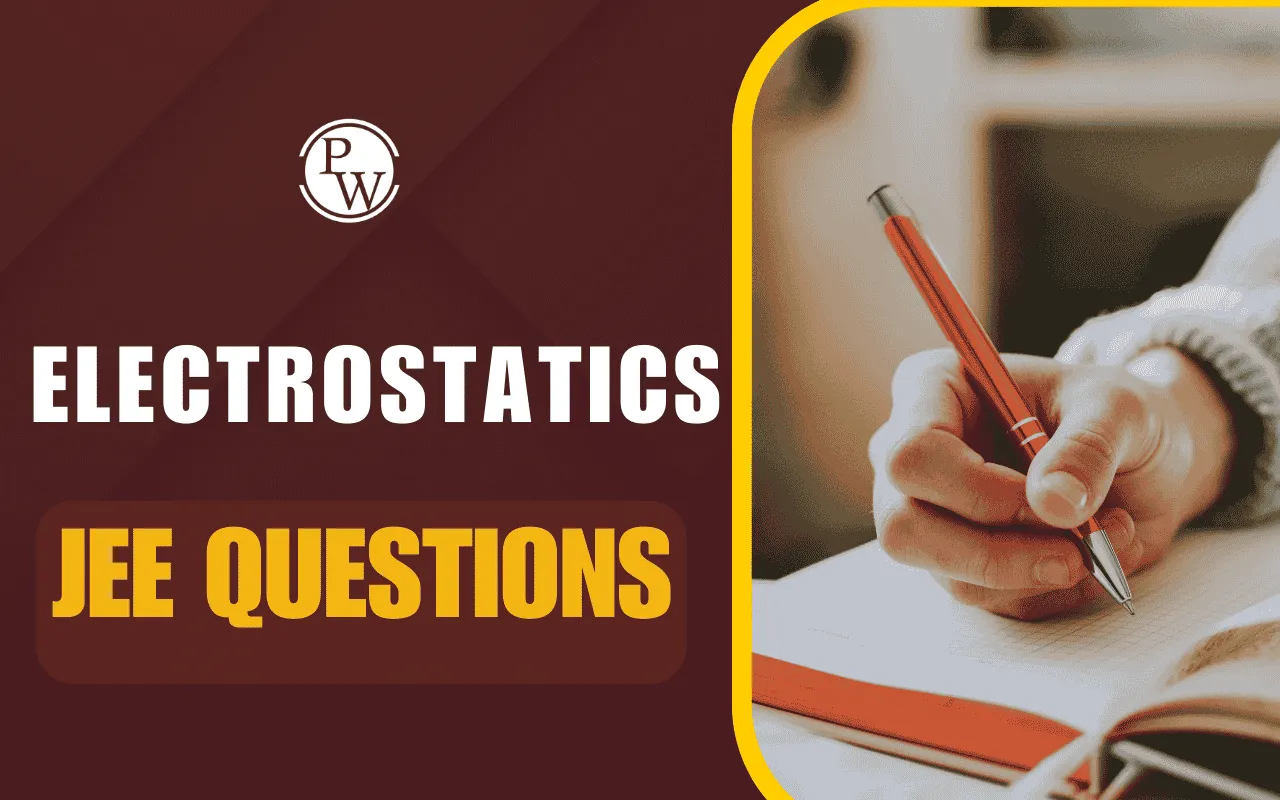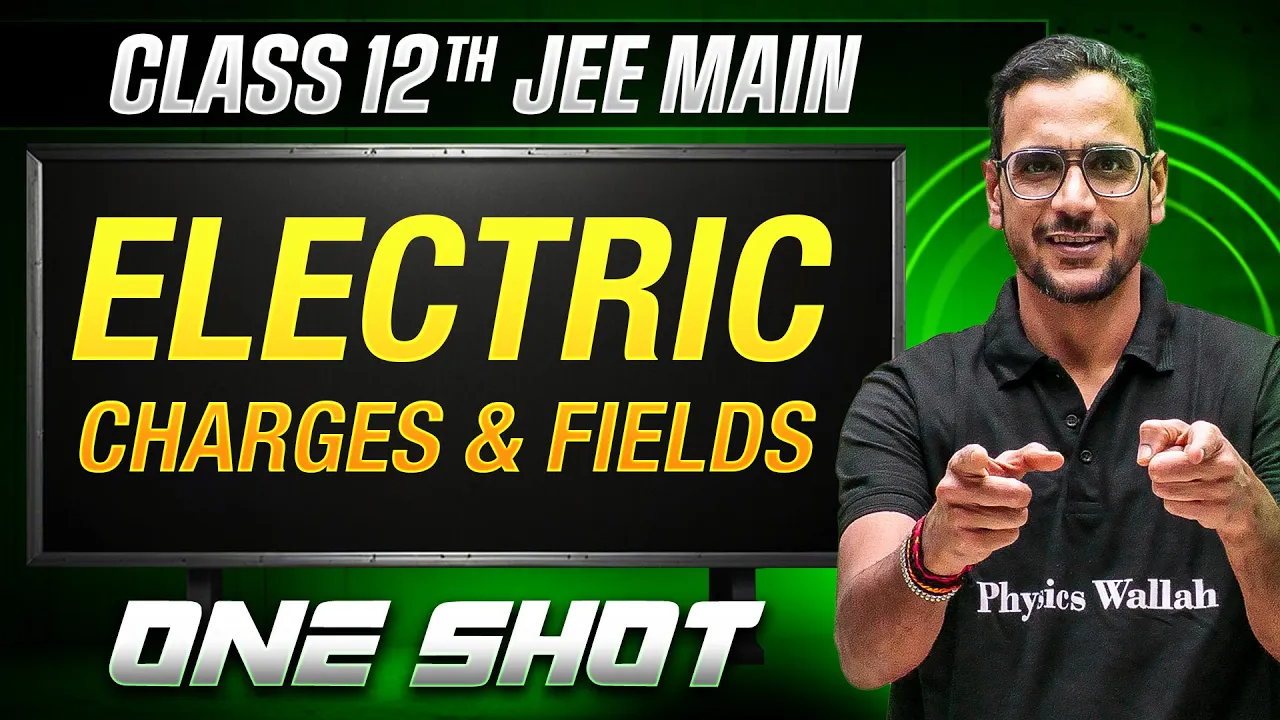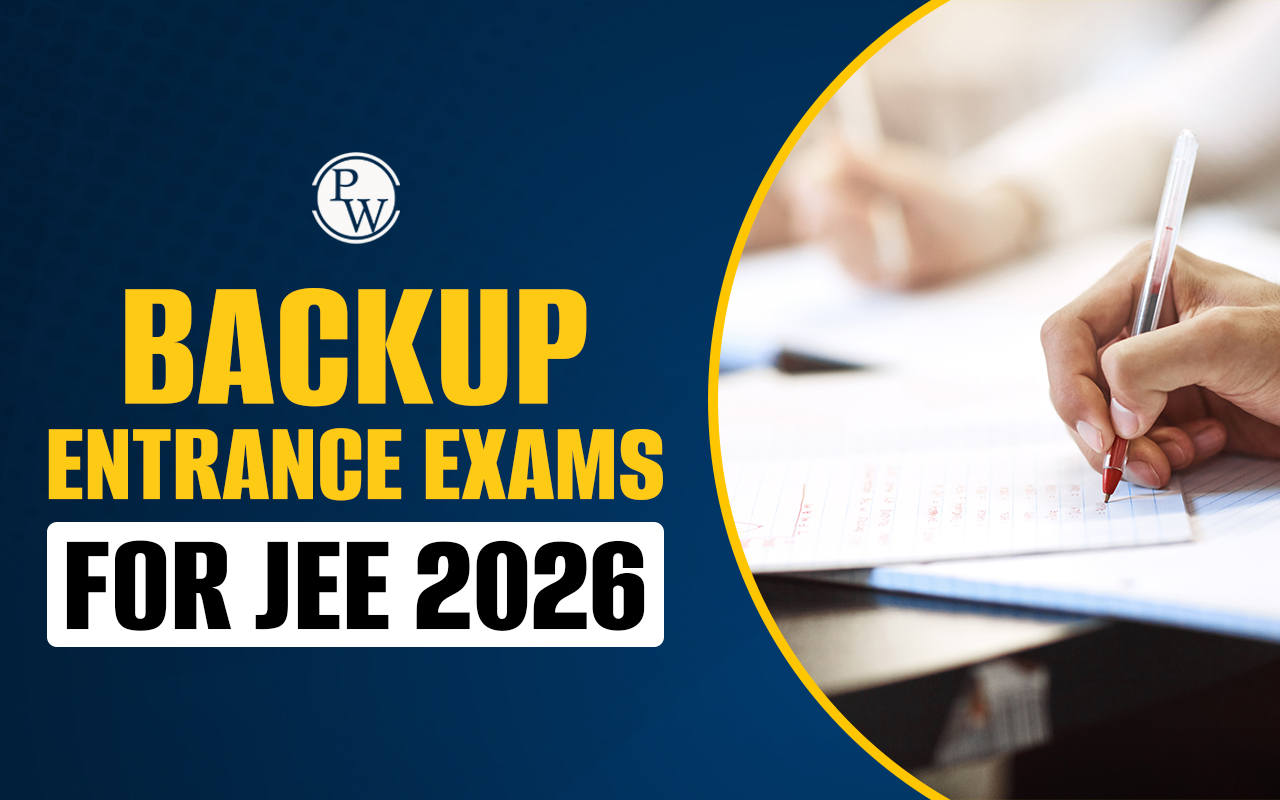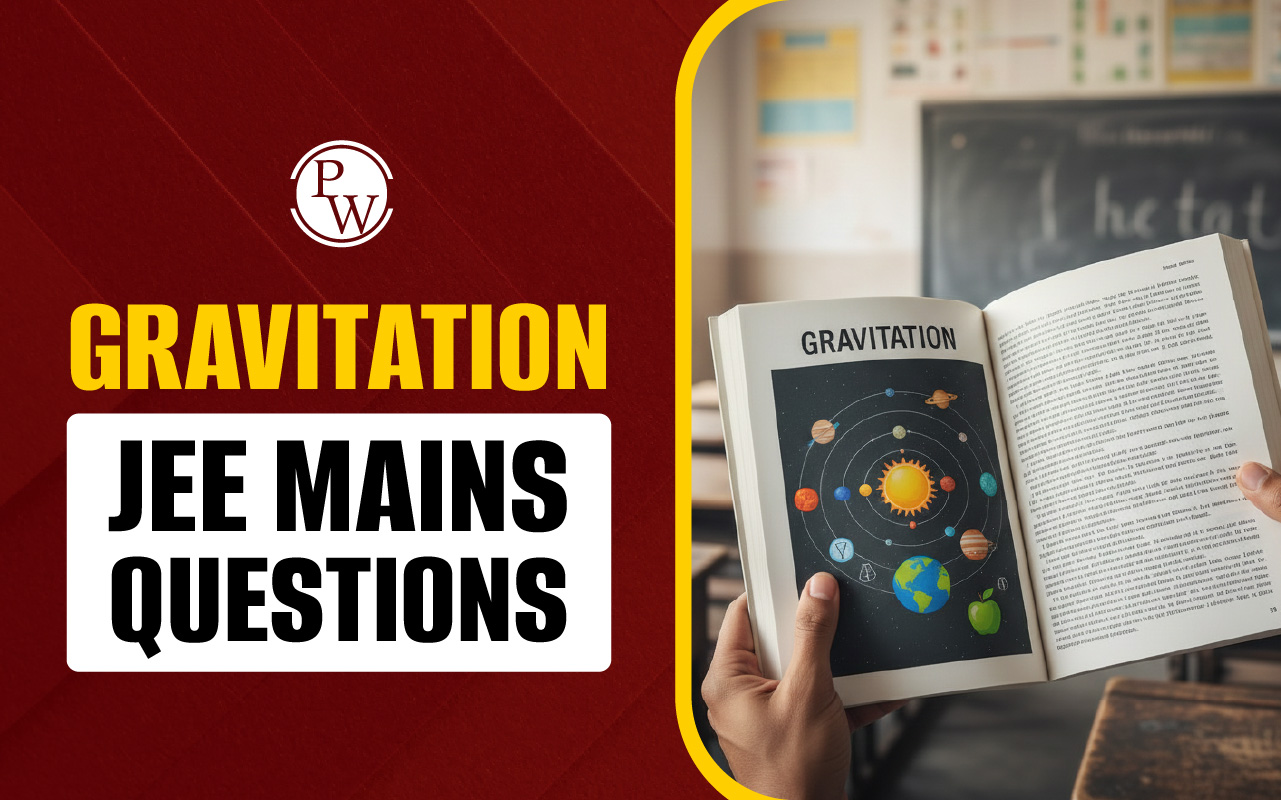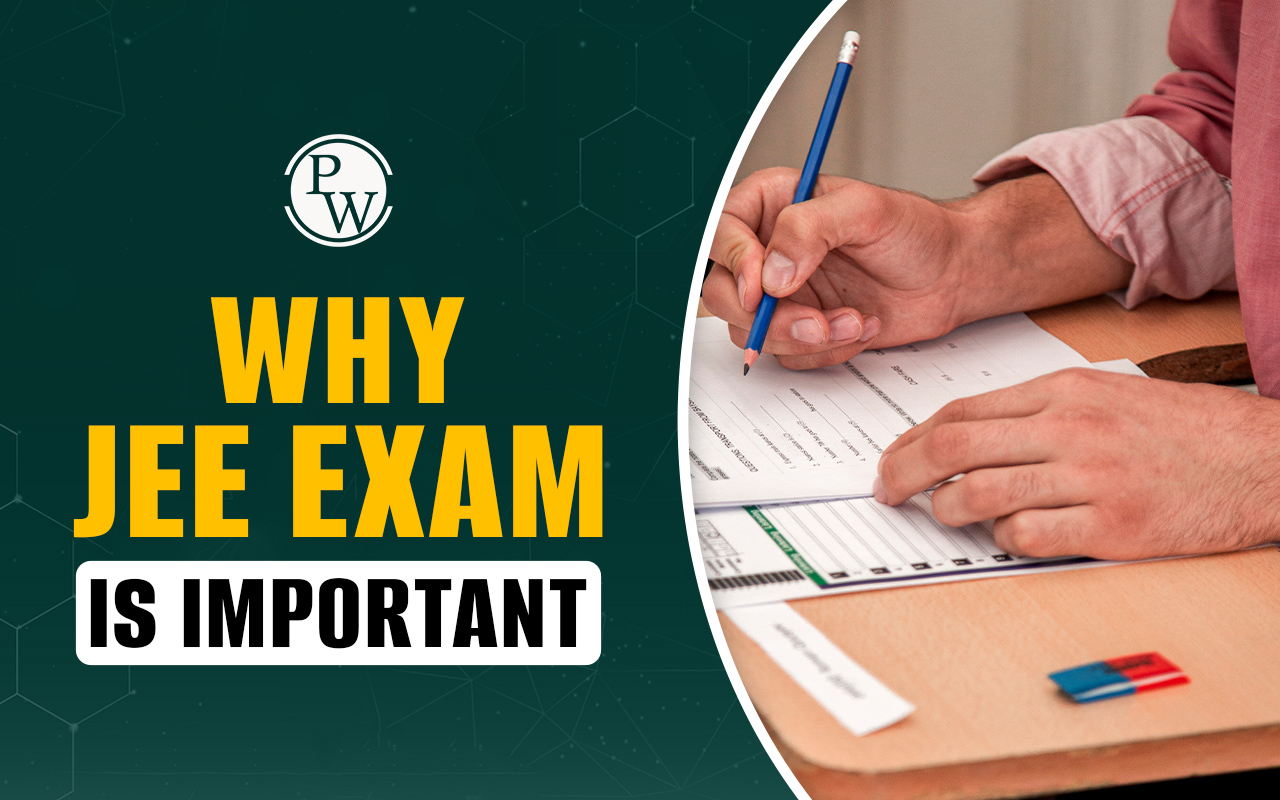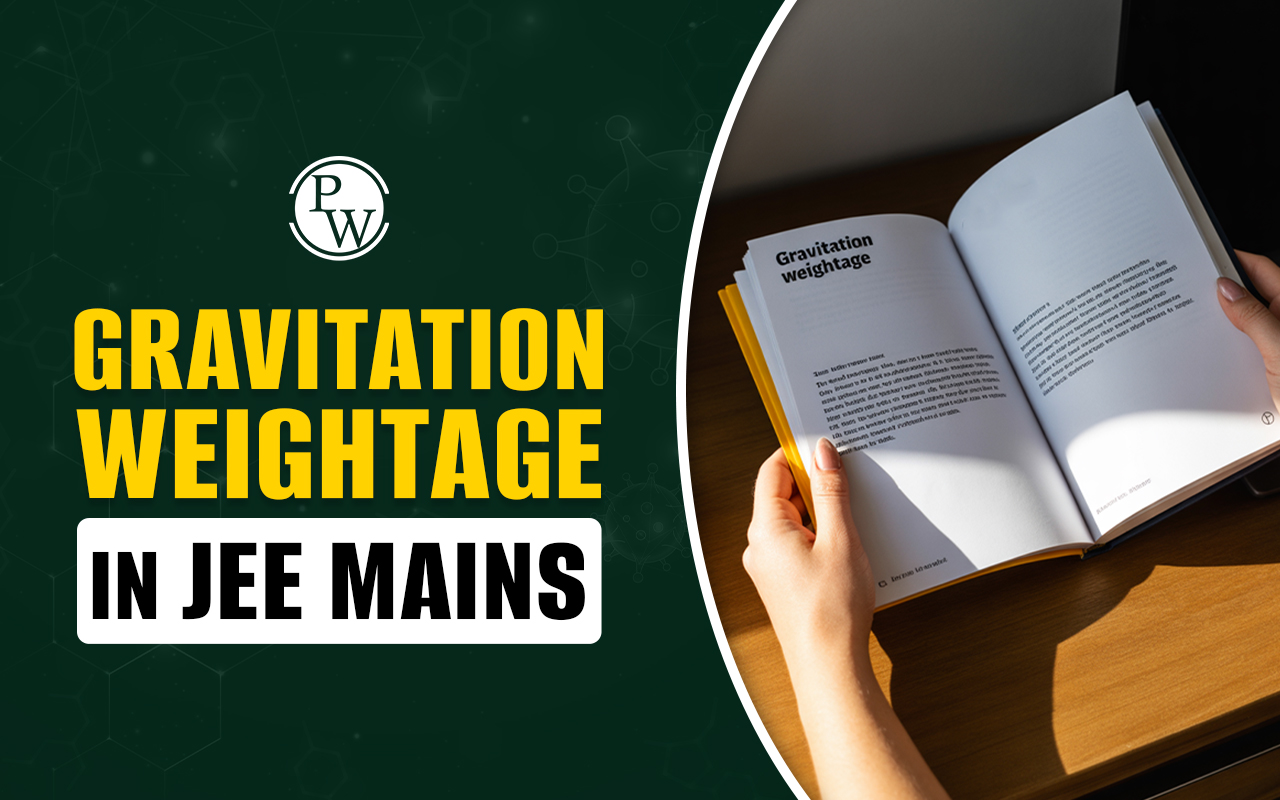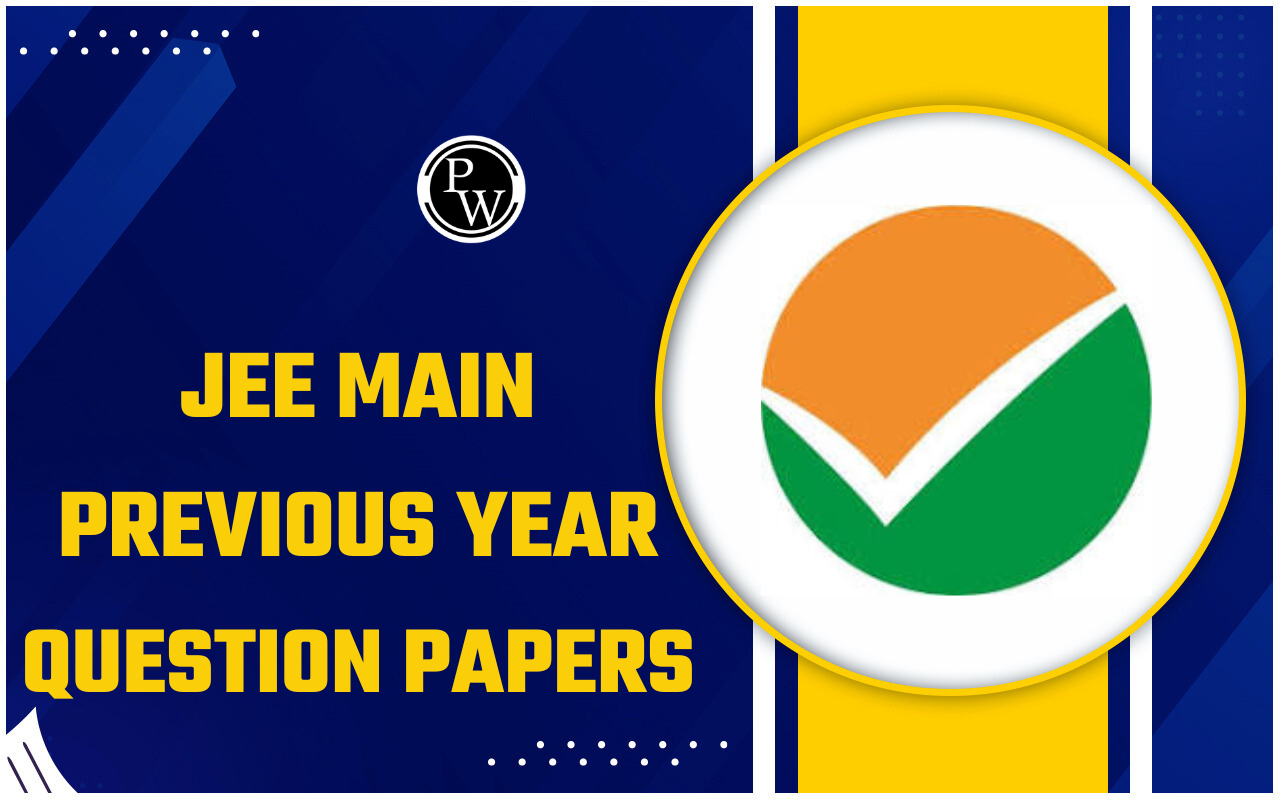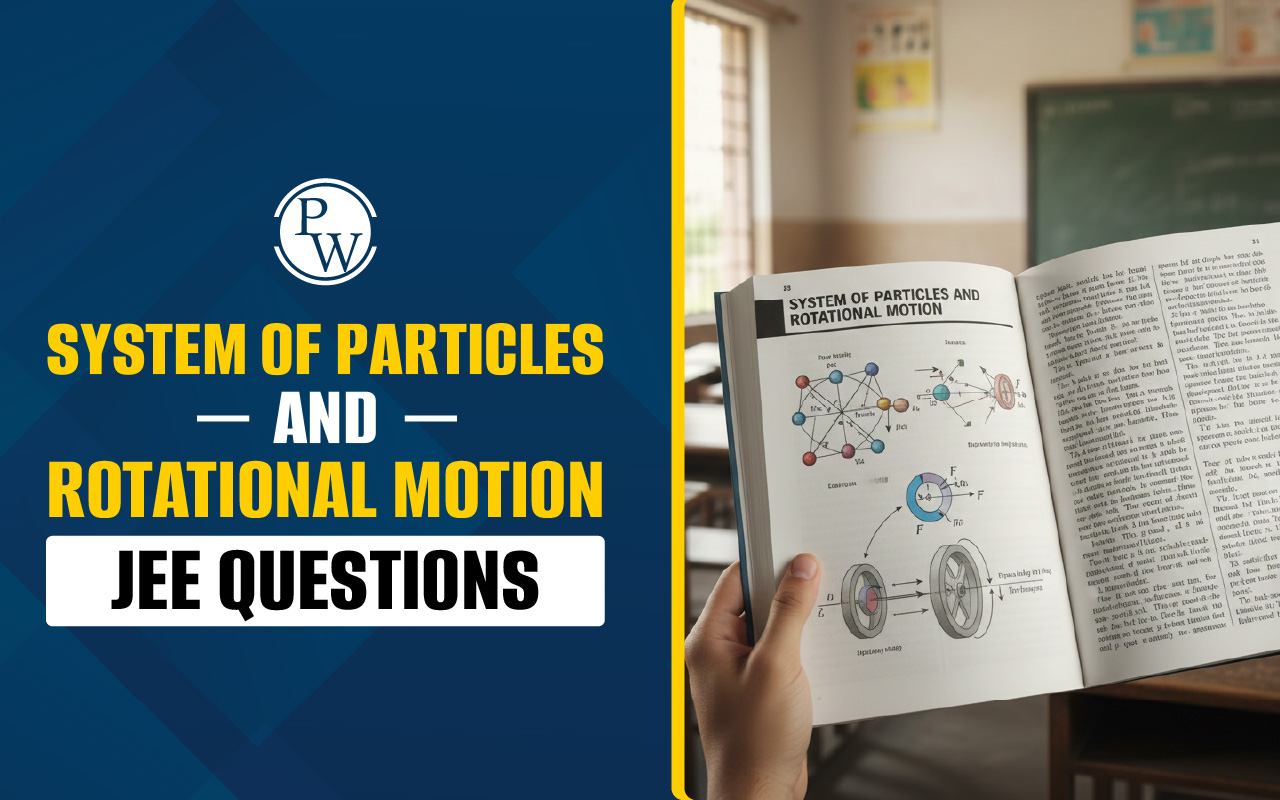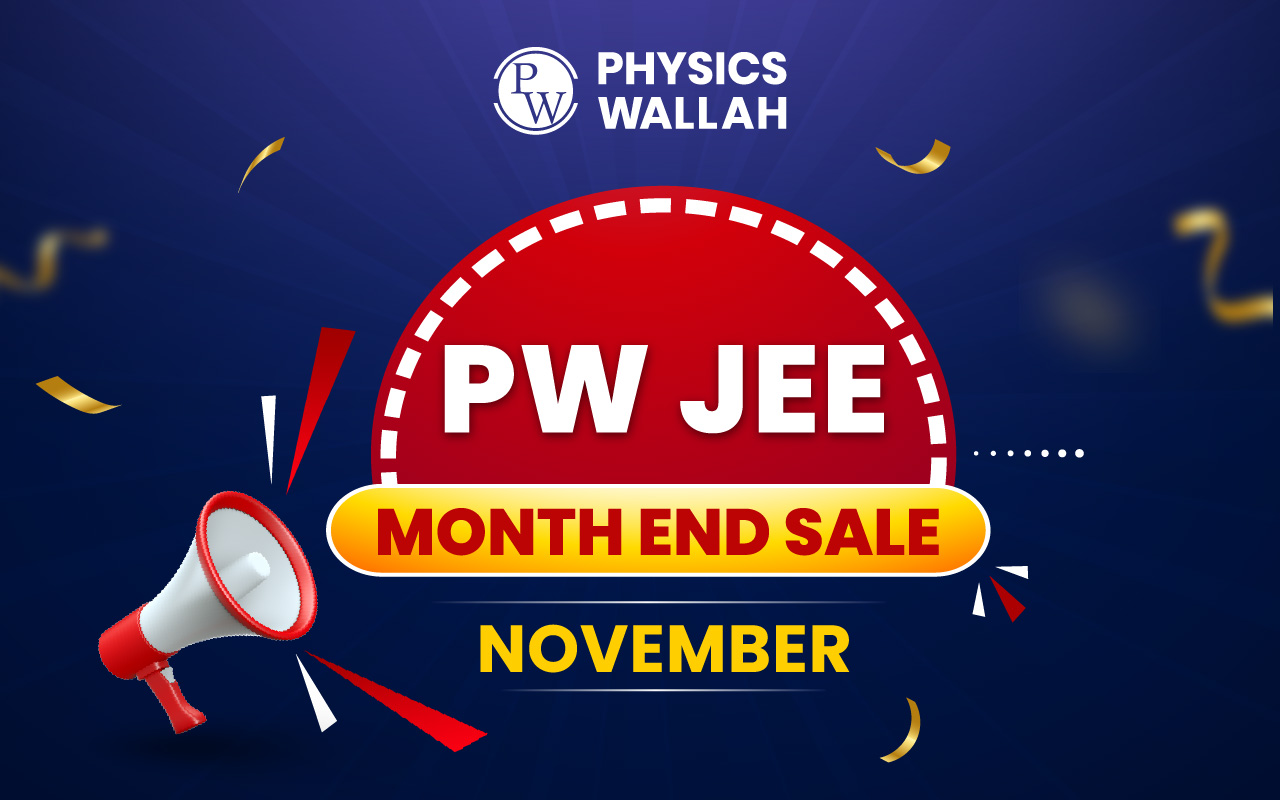
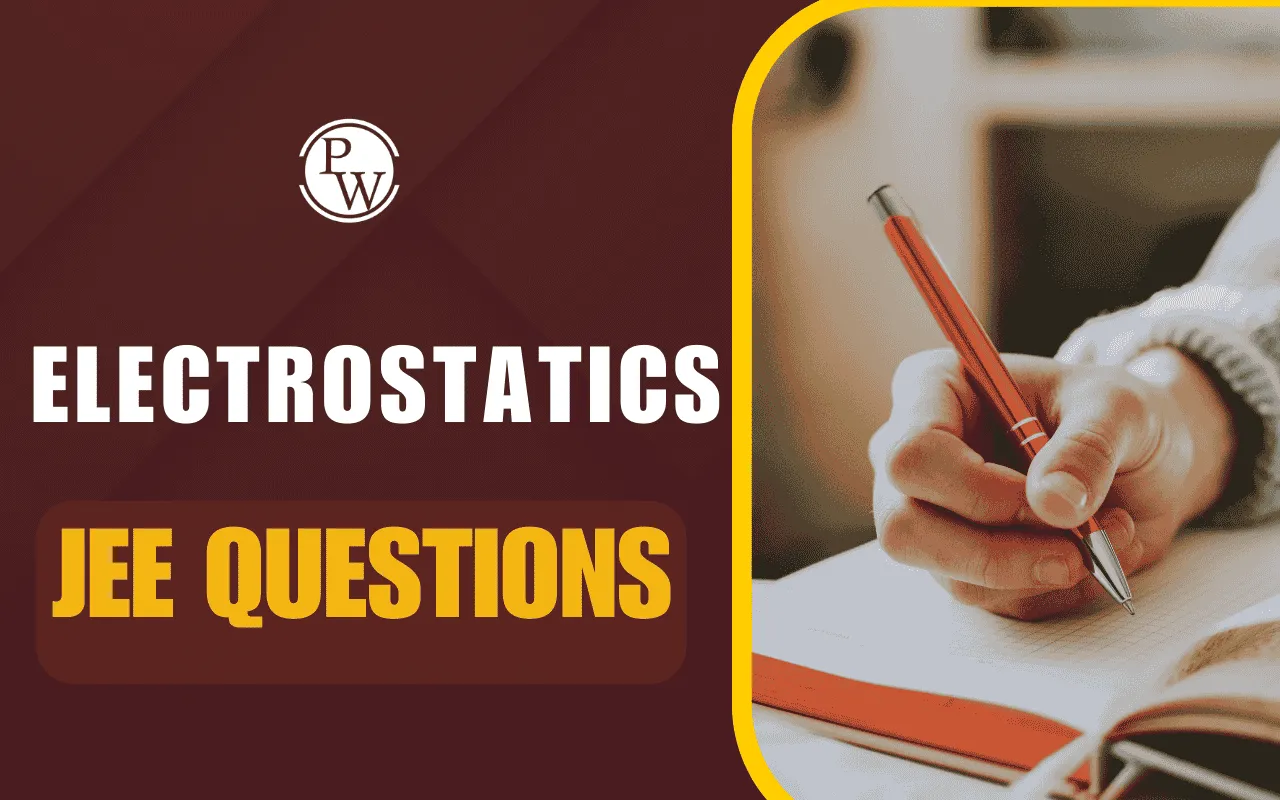
Electrostatics JEE Questions: Electrostatics is one of the most important Physics topics for JEE Main as well as JEE Advanced. The physics field of electrostatics examines the characteristics of charges at rest as well as their associated forces, fields and electric potentials. The topic of Electrostatics is a part of the JEE Physics syllabus and acts as a basis for the subjects of electricity and magnetism.
Electrostatics questions are asked in JEE Mains every year and the average weightage of this topic is around 7–9% in the JEE Physics paper. Electrostatics problems in JEE Advanced are mostly conceptual and numerical, so practice is key to nail this topic. Students can ace the topic by solving Electrostatics JEE Mains questions and JEE Advanced electrostatics problems and reinforce their concepts along with improving speed and accuracy.
Students develop clarity, accuracy, and speed by attempting questions. Practicing JEE Main previous year questions also help in learning to use formulas in different situations and conditions. Students can make this high-weightage topic one of their scoring areas with the right practice.
Electrostatics JEE Questions Overview
The study of electrostatics is based on certain set and fixed laws and principles. The basic sub-topics covered under this topic are electric charges and their properties, Coulomb’s law of force, electric field and potential, Gauss’s law with applications, and capacitance with various types of capacitors. These form the basics for later topics such as current electricity and electromagnetism.
The questions of this topic in JEE preparation have different levels of difficulty for JEE Main and JEE Advanced. For JEE Main, questions are generally direct and include substitution in formulas, small calculations, and light reasoning. But in JEE Advanced, problems are a mix of multiple concepts and thus require a deeper level of understanding. For example, a single question can be on the concept of Coulomb’s law with the sub-concepts of potential energy and electric dipoles.
Practice Electrostatics JEE Questions
Students need to solve a range of questions, from straightforward to application-based, to prepare well. Below are some sample electrostatics JEE questions that show the type and style of questions asked in the exam:
Single Correct Type Questions
1. A small ball of mass m and charge +q tied with a string of length l, is rotating in a vertical circle under gravity and a uniform horizontal electric field E as shown. The tension in the string will be minimum for
A. θ = tan⁻¹(qE/mg)
B. θ = π
C. θ = π – tan⁻¹(qE/mg)
D. θ = π + tan⁻¹(qE/mg)
2. Two identical conducting spheres carrying different charges attract each other with a force F when placed in air medium at a distance d apart. The spheres are brought into contact and then taken to their original positions. Now the two spheres repel each other with a force whose magnitude is equal to that of the initial attractive force. The ratio between initial charges on the spheres is
A. –(√3 + 3)
B. –3 + √3
C. (3 + √3) or (–3 + √3)
D. +√3
3. Two small equally charged spheres, each of mass m, are suspended from the same point by light silk threads of length l. The separation between the spheres is x << l. The rate dq/dt with which the charge leaks off each sphere, if their velocity of approach varies as v = 6/√x , (where α is a positive constant) is
A. 3/2 √(2πε₀mg/l)
B. 4√(2πε₀mg/l)
C. 9/2 √(2πε₀mg/l³)
D. 9√(2πε₀mg/l)
4. A solid sphere of radius R₁ and volume charge density ρ₀ is enclosed by a hollow sphere of radius R₂ with negative surface charge density σ, such that the total charge in the system is zero. ρ₀ is a positive constant and r is the distance from the centre of the spheres. The ratio R₂/R₁ is
A. σ/ρ₀
B. 2σ/ρ₀
C. √(ρ₀/2σ)
D. ρ₀/σ
5. Four equal positive charges, each of charge Q are arranged at the corners of a square of side l. A unit positive charge of mass m is placed at point P at height h above the centre of the square. Calculate Q, so that the unit charge is in equilibrium.
A. Q = πε₀mg/l (l² + h²/2)³/²
B. Q = πε₀mg/l (h² + l²/2)³/²
C. Q = πε₀mg/l (h² + l²/2)³/²
D. None of these
6. Two small balls A & B of positive charge Q each and masses m and 2m respectively are connected by a non-conducting light rod of length L. This system is released in a uniform electric field of strength E as shown. Just after the release (assume no other force acts on the system):
A. rod has zero angular acceleration
B. rod has angular acceleration QE/2mL in anticlockwise direction
C. acceleration of point A is 2QE/3m towards right
D. acceleration of point A is QE/m towards right
7. A metallic rod of length l rotates at angular velocity ω about an axis passing through one end and perpendicular to the rod. If mass of electron is m and its charge is –e, then the magnitude of potential difference between its two ends is:
A. mω²l²/2e
B. mω²Fl/e
C. mω²l/e
D. none of these
8. Two non-conducting infinite plane sheets having charges Q and 2Q are placed parallel to each other as shown in figure. The charge distribution on outer faces of two plates are as shown. The electric field intensities at three points 1, 2 and 3 are E₁, E₂ and E₃ respectively, then the magnitudes of E₁ and E₂ and E₃ are respectively, [S is face area of plates]:
A. zero, Q/2ε₀S, zero
B. 5Q/6ε₀S, zero, Q/2ε₀S
C. 5Q/6ε₀S, ε₀Q/3S, 3Q/2ε₀S
D. zero, Q/2ε₀S, zero
9. A charge is distributed with a linear density λ over the length L along a radius vector drawn from the point where a point charge q is located. The distance between q and the nearest point on linear charge is R. The electrical force experienced by the linear charge due to q is:
A. qλL/4πε₀R²
B. qλL/4πε₀R(R+L)
C. qλR/4πε₀L²
D. qλR/4πε₀L(R+L)
10. A proton with mass m is propelled at an initial speed v₀ directly towards a Uranium nucleus from a distance x₀ away. The proton is repelled by the Uranium nucleus with a force of magnitude F = α/x², where x is the separation between two objects and α is a positive constant. As the proton approaches the Uranium nucleus, it comes momentarily to rest a distance x₁ after which the proton moves away from the Uranium nucleus. Then the value of x₁ is:
A. α/x₀ – 1/2 mv₀²
B. α/2x₀ – 1/2 mv₀²
C. α/x₀ + 1/2 mv₀²
D. 1/2 mv₀² – α/x₀
Watch Electrostatics JEE Question Practice Video on YT
Electrostatics JEE Questions PDF with Solution
Physics Wallah (PW) has a practice question PDF to assist students with electrostatics. The PDF is a question bank as well as an answer key with detailed solutions for every question. It will assist students with the issue of understanding how to go about answering a question. It will demonstrate to students how to go about solving them.
Electrostatics JEE Questions PDF with Solution
Practice with Free PDF
Electrostatics JEE Questions FAQs
Q1. How Important is Electrostatics for JEE Mains?
Q2. What is the difference between JEE Mains and JEE Advanced electrostatics questions?
Q3. Why should I solve important electrostatics PYQs?
Q4. Where can I find a PDF of electrostatics JEE questions with solutions?
Q5. How should I prepare Electrostatics for JEE?

